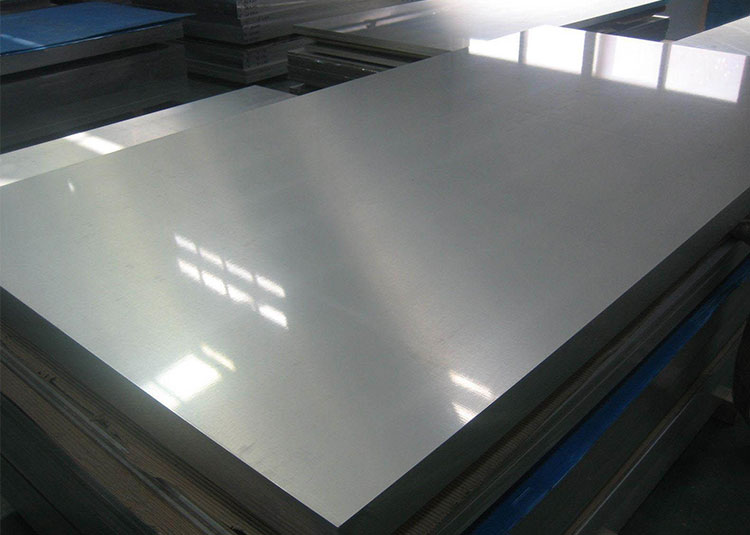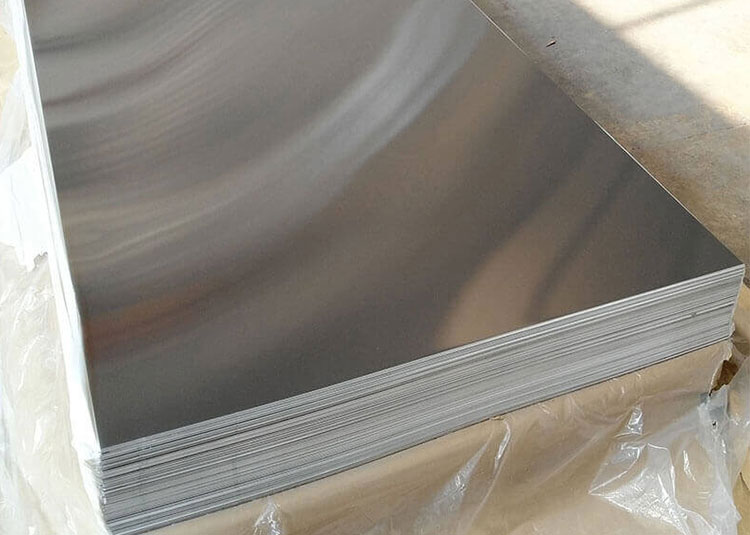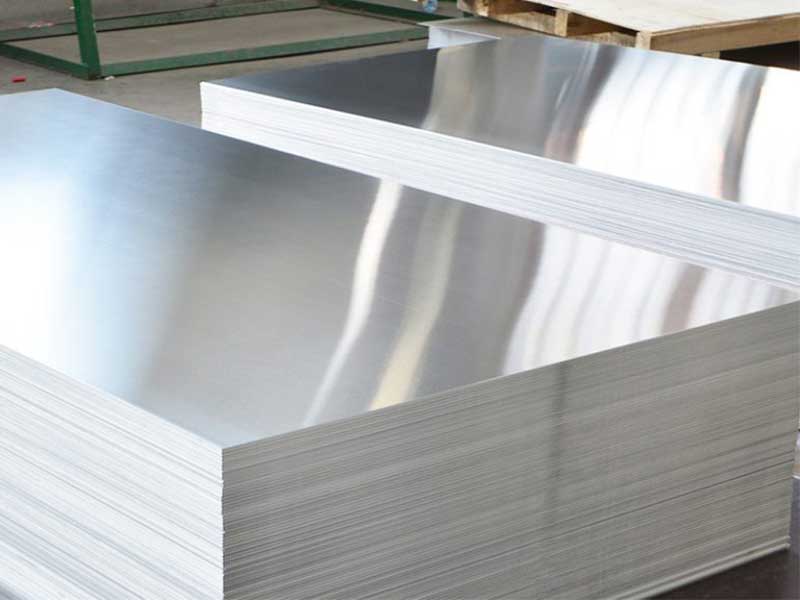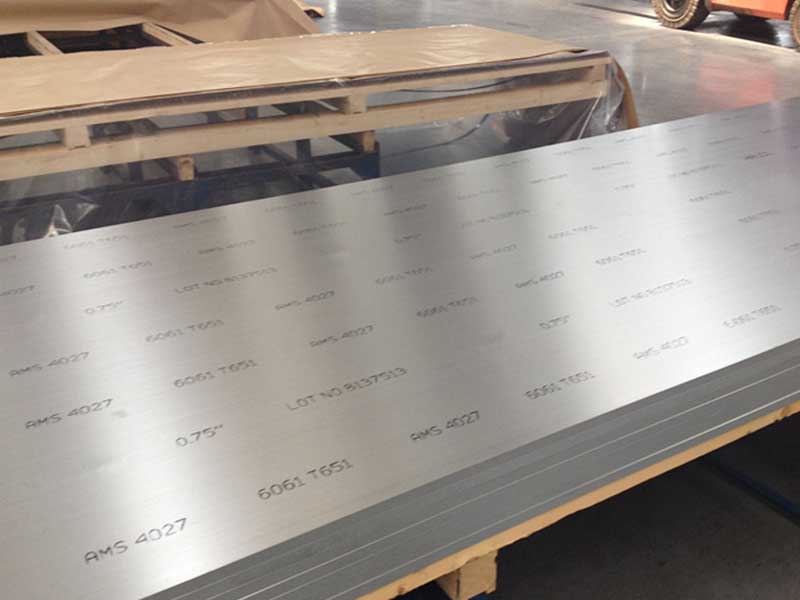Anodized aluminum sheet 6061 7005 7075 T6 7075
Aluminum alloys have long been integral to industries valuing strength, corrosion resistance, and light weight — from aerospace engineering to architectural innovation. Today, anodized aluminum sheets, particularly those in alloys 6061, 7005, 7075, and 7075 T6 temper, offer unparalleled functionality when surface treatments meet advanced metallurgy.
Anodized Aluminum Sheets
Anodizing is an electrochemical surface treatment that converts the aluminum surface into a durable, corrosion-resistant, anodic oxide finish. This oxide layer is not just a protective coating; it enhances hardness, wear resistance, and allows for improved aesthetic qualities such as uniform color and texture.
Working with anodized aluminum sheets in alloys like 6061, 7005, and 7075-T6 presents unique challenges and opportunities. The T6 temper of 7075, for example, offers exceptional strength but can be more difficult to anodize consistently due to its higher hardness. We've found that pre-treatment processes, specifically surface preparation and cleaning, are critical for achieving a uniform, durable anodic layer on 7075-T6. Inconsistencies in the pretreatment can lead to uneven anodizing, resulting in variations in color, thickness, and ultimately, corrosion resistance. Furthermore, the selection of the anodizing process itself (hard anodize versus standard) is crucial, balancing the desired thickness, wear resistance, and cost-effectiveness for the specific application. For instance, while hard anodizing is preferable for applications demanding high wear resistance, it may not be necessary for purely aesthetic purposes.
Our experience shows that the alloy choice itself significantly impacts the final product. While 7075-T6 provides superior strength, 6061 offers a better balance of strength and workability, making it easier to fabricate into complex shapes while still maintaining good anodizing properties. Similarly, 7005, with its moderate strength and good corrosion resistance, provides a cost-effective alternative for less demanding applications. these nuances is key
When applied to distinct aluminum alloys like 6061, 7005, and 7075 (including the T6 tempered variant), anodizing unleashes a combination of unique physical and chemical advantages tailored to specific industrial usages.
| Alloy | Si (%) | Fe (%) | Cu (%) | Mn (%) | Mg (%) | Cr (%) | Zn (%) | Ti (%) | Others |
|---|---|---|---|---|---|---|---|---|---|
| 6061 | 0.4-0.8 | 0.7 | 0.15-0.4 | 0.15 | 0.8-1.2 | 0.04-0.35 | ≤0.25 | ≤0.15 | Balance Al |
| 7005 | 0.4-0.8 | 0.35 | 0.1 | 0.2-0.4 | 1.0-1.8 | 0.18-0.28 | ↓ | ≤0.20 | Balance Al |
| 7075 | 0.4 | 0.5 | 1.2-2.0 | 0.3 | 2.1-2.9 | 0.18-0.28 | 5.1-6.1 | 0.2 | Balance Al |
| 7075 T6 (Temp.) | Same as 7075 | Treated to increase hardness/tensile strength through solution heat treatment & artificial aging |
Alloy Tempering and T6 Specification
6061 Tempering: Often supplied in T4 (solution heat-treated and naturally aged) or T6 (artificial aging to peak strength). The alloy excels in medium to high strength and may be anodized post-tempering for enhanced surface durability without impairing mechanical properties. Typical T6 temper offers tensile strength ~310 MPa, yield strength ~275 MPa.
7005 Tempering: Generally supplied in T5 (cooled from elevated temperature shaping and artificially aged). The alloy exhibits a high strength-to-weight ratio, most effective in structural environments.
7075 Tempering and T6: 7075 is a high-strength alloy through zinc addition. T6 temper (solution heat treated plus artificial aging) induces peak performance metrics, tensile strengths of up to 572 MPa with yield strengths around 503 MPa. Anodizing 7075-T6 significantly improves corrosion resistance—crucial for aerospace and tactical manufacturing.
Implementation Standards for Anodized Aluminum
To ensure product reliability and quality assurance, anodized aluminum sheets comply with industry standards such as:
- MIL-A-8625: Military specification for anodic coatings for aluminum and aluminum alloys, defining conditions for Type II (chromic acid, general use) and Type III (sulfuric acid, hard anodize) coatings.
- ASTM B221 / B209: Cover extruded and rolled aluminum products emphasizing dimensions and treatment integrity.
- ISO 10074: Provide global guidelines for the anodic oxidation process.
Meeting these standards ensures uniform coating thickness (expected 5-25 microns in Type II, 25-150 microns in Type III), adherence, coloring consistency, and passivity layer effectiveness.
Functions and Technical Advantages
- Corrosion Resistance: Anodizing forms aluminum oxide, a stable barrier disproportionately superior to painted/plated alternatives in resisting chemical corrosiveness and weather-induced deterioration.
- Wear Resistance and Hardness: The anodic coating exhibits surface hardness ranging ZIPZ| up to 350 HV (Vickers hardness) for hard anodized (Type III), making the sheet resistant to abrasion and fatigue under dynamic conditions.
- Electrical Insulation & Biocompatibility: Given the insoluble oxide layer, anodized aluminum sheets can serve in electronic casings and medical implants with anodic finishing characterized by biocompatibility.
- Aesthetic Finishes & Color Customization: Beyond function, anodizing enables dye uptake and interference-based thickness coloration allowing architectural and consumer-design-specific visual spectaculars.
Why Choose Anodized Sheets in These Specific Alloys?
- 6061: Scottsdale balance of strength, corrosion resistance, and machinability—favored in fabrication and transportation sectors.
- 7005: Structural strength closer to 7075 but better weldability—popular for bicycle frames and heavy-duty mechanical components.
- 7075 & 7075 T6: Aerospace and defense union of top-tier strength and durability; when anodized, crucial for lightweight, structural components exposed to severe environments.
Applications Whence the Anodized Aluminum Sheet Flourishes
- Aerospace & Aviation (7075 T6 and 7075): Structural skins, fuselage sections, aerospace fasteners where high performance anabolic oxide coatings synergize with ultralight aluminum's mechanical specs.
- Transportation & Automotive (6061 and 7005): In truck beds, trailers, engine components where weight and corrosion protection presents logistical and functional advantages.
- Architectural & Decorative Components (Alloys 6061 and 7005 typically): Facades, wall panels offering corrosion tolerance and durability without compromising aesthetics.
- Electronics Casings & Heat Sinks (Anodized 6061): Combining insulating anodic layer with aluminum’s thermal conductivity preserves electrical components.
| Alloy/Temper | Tensile Strength (MPa) | Yield Strength (MPa) | Elongation (%) | Hardness (HK) |
|---|---|---|---|---|
| 6061 - T6 | 310 | 275 | 12 | ~95-115 |
| 7005 - T5 | 350 | 310 | 11 | ~118 |
| 7075 | 572 | 503 | 11 | ~150 |
| 7075 T6 | 564 | 490 | 11 | ~150 |
Concluding Insight
When engineering solutions demand premium surface durability synergized with structural integrity, anodized aluminum sheets in 6061, 7005, and high-strength 7075 alloys provide a consummate fusion of metallurgy and surface science. The anodizing finish forms a critical enabler in withstanding corrosion and mechanical wear, thus prolonging lifespan and widening functional scenarios.
Customers and engineers selecting aluminum solutions will find the anodized 6061 variety able for general-purpose rigid applications, with 7005 breaking leadership in welding-capable strength paradigms. For specialized aerospace or defense-related use-cases—where breaking down pounds without sacrificing mechanical reliability—the 7075-T6 anodized sheets emerge as the benchmark. these relationships — alloy type, temper conditions, anodizing technique, and subsequent properties — informs prudent materials choice underpinning high ROI across industries.
Explore anodized aluminum sheet possibilities, and harness patented durability for your endeavors with trusted grade alloys and optimized processing standards today.
https://www.al-alloy.com/a/anodized-aluminum-sheet-6061-7005-7075-t6-7075.html





